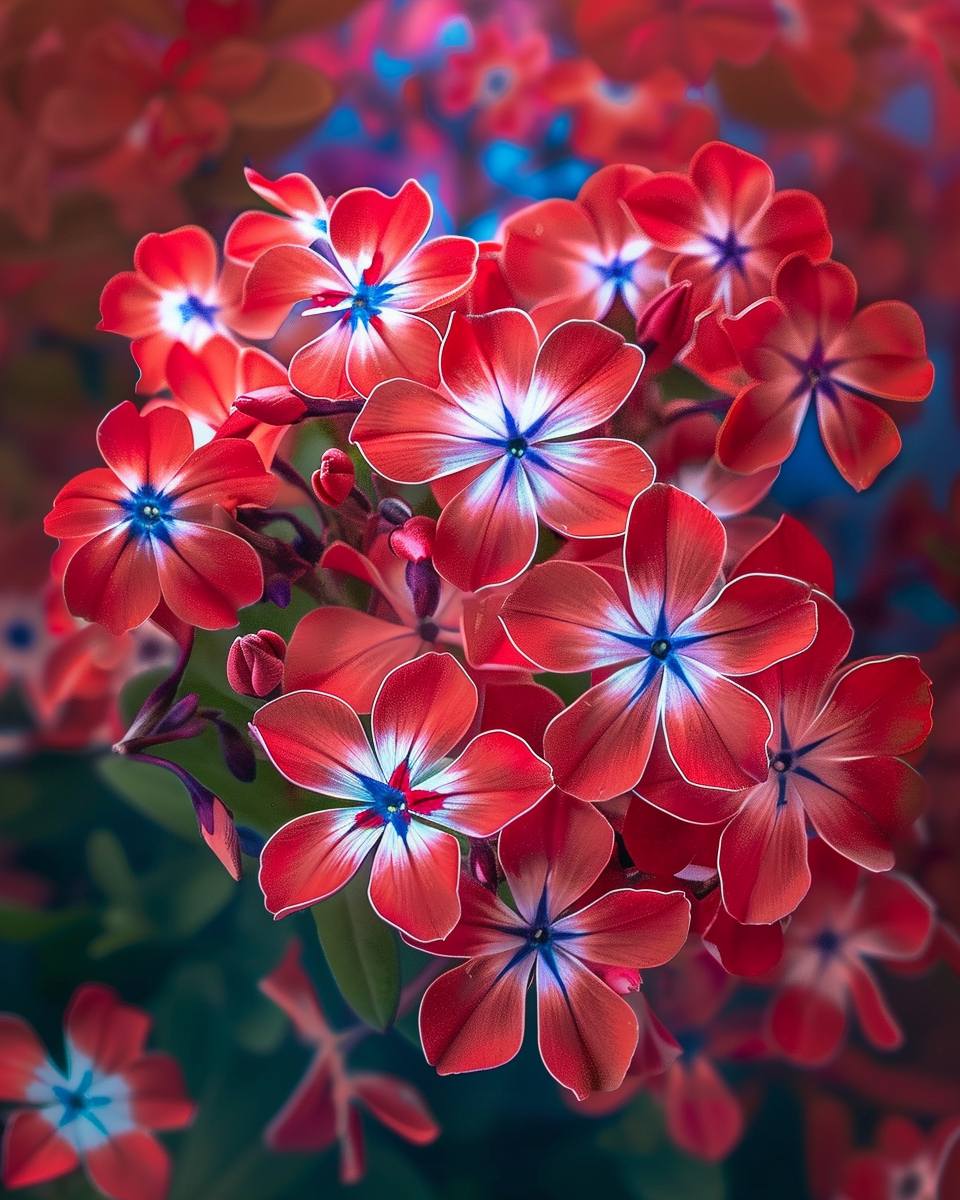How do parasitic plants attach to other plants?
Parasitic plants use a structure called a haustorium to penetrate their host plant. This specialised organ forms a connection between the two plants, which they use to drain nutrition. Some parasites, such as Rafflesia and Thurber’s stemsucker, grow within the plant and only emerge to flower, while others attach their haustoria externally.
All parasitic plants have evolved from non-parasitic species. Some are only partially parasitic. These plants are known as hemiparasites and can photosynthesise but also drain water and nutrition from their hosts. Other parasitic plants, known as holoparasites, cannot photosynthesise and depend on their hosts for food.
Parasites that cannot survive without a host are known as obligate, while facultative parasites can live and reproduce without a host plant.
Examples of parasitic plants
1. Cuscata
Cuscuta, also commonly known as dodder, has no roots or leaves and instead is identifiable by its yellow or orange stems which have a stringy, hair-like appearance as it is in the morning glory family. Cuscuta is a very aggressive parasite and will drain its host plant’s nutrients until it has killed it. As Cuscuta is an obligate parasite and cannot survive without a host, seedlings must find one within 5-10 days before they run out of energy. To do so, it can sense which nearby plants would make the best hosts and actively grow in their direction.

Cuscata can sense which nearby plants make the best hosts © Joyotejo/ Shutterstock
2. Mistletoe
While mistletoe may be commonly associated with Christmas kisses, it’s also a parasite. Mistletoe, a group of plants in the order Santalales, are found around the world. Only some species of mistletoe are parasitic. The traditional parasitic mistletoe we think of is Viscum album. Most mistletoe seeds are spread by birds, but the lodgepole pine dwarf mistletoe, (Arceuthobium Americanum) spreads to new hosts by exploding its seeds from treetop to treetop. Each dwarf mistletoe fruit has a single seed that ruptures when mature, shooting the seed at speeds of up to 90 kilometres per hour. The seed is covered in a sticky substance that helps it stick to its new host.
Why do people kiss under the mistletoe?
Nobody is sure why mistletoe, specifically the Viscum album, is the kissing plant. It is likely to be a fertility ritual stemming from mistletoe’s evergreen colour which, of course, it maintains by stealing water and minerals from the host tree.
- Discover more about mistletoe and other festive plants

3. Australian Christmas tree (Nuytsia floribunda)
Another festive entry, the Australian Christmas tree (Nuytsia floribunda) can photosynthesise but sometimes steals water from neighbouring plants. This extra water helps it to grow and flower, even in the dry season.
The tree connects to the roots of several plants to ensure a steady supply of water. It does so by severing the host’s xylem vessels (the tissue that transports water and minerals from the roots to the leaves) with a guillotine-like structure in its haustoria. This cutter is so strong that can chop through underground cables like fibre optic and power cables.

It’s probably best not to use the Australian Christmas tree as a festive decoration, its haustoria can cut through power lines © Fritz16/ Shutterstock
4. Ghost plant (Monotropa uniflora)
The ghost plant (Monotropa uniflora) is a member of the heather family. It lacks chlorophyll, which is the reason for its distinctive white hue.
Unable to photosynthesise, the ghost plant has a parasitic relationship with certain types of fungi, which in turn get their nutrition from trees that can photosynthesise. The fungi are also in a mutualistic relationship with the plant, drawing sugar in exchange for water and nutrients. The ghost plant is commonly drawn to beech trees and the fungi that target them. The ghost plant tricks the fungi into thinking it’ll receive sugars through symbiosis when the ghost plant is stealing them from the fungi instead.
Since ghost plants do not need sunlight to grow, they can be found in the undergrowth of deep forests.

5. Indian paintbrush (Castilleja)
The Indian paintbrush or Castilleja is only a partial parasite. It makes some of the nutrition it needs to survive, but also spreads its roots until to those of nearby plants before penetrating them to steal nutrients.
Identifiable by their bright splash of colour, the 200 species in the genus Castilleja can be found in many environments from deserts to meadows. Indian paintbrush is especially attractive to hummingbirds. The flowers lack a perch for other birds to rest on, but hummingbirds can hoveras they extract nectar.

Hummingbird’s love the nectar of the Indian paintbrush © Marta Kroger/ Shutterstock
6. Giant padma (Rafflesia arnoldii)
The giant padma (Rafflesia arnoldii) is the world’s largest flower, growing up to one metre across and weighing up to 11 kilograms. It is also well known for its horrible smell which it uses to attract flies to pollinate it.
Giant padmas are unable to photosynthesise and instead gain nutrients by stealing it from the roots of nearby Tetrastigma vines.

7. Thurber’s stemsucker (Pilostyles thurberi)
Thurber’s stemsucker (Pilostyles thurberi) is a parasite found in the deserts of southwestern North America. It targets the stems of shrubs in the pea family. A tiny plant measuring just six millimetres long, it lacks leaves, roots, and chlorophyll. Thurber’s stemsucker lives entirely within the stems of hosts and only emerges to flower. Each plant only produces male or female flowers, but scientists do not yet know what pollinates them. The flowers are unusually tiny.
8. Yellow rattle
These small, yellow wildflowers are hemiparasites. While yellow rattle (Rhinanthus minor) can grow independently, it will also grow out of the roots of other plants (especially grasses) and draw nutrients from them. This slows down the speed of grass growth, giving other plants a chance to thrive. Because of this, they are an important element of meadow biodiversity.
They grow fast, flowering 12 weeks after germination and producing seeds just three weeks after that.

9. Striga
Commonly known as witchweeds, the parasitic varieties of Striga (Orobanchaceae), target cereal, maize, millet and rice crops in Africa, Asia and Australia. They connect to the host through the roots and for the first four to six weeks of their lives are entirely dependent on the host.

10. Broomrapes
Like Striga, broomrapes (Orobanche and Phelipanche) can destroy crop yields and delay the growth of their hosts. Found in the northern hemisphere, these small parasitic plants target legumes, oilseed crops like canola, palm, coconut, and sunflower, as well as solanaceous crops such as tomatoes, peppers, potatoes and aubergines. Many can grow only on a single species, while others will target a family of crops. Some Orobanche can grow up to 0.61 metres high.

Plants that aren’t parasites
There are some plants that are often thought of as parasites but aren’t. For example, vines, lianas, and aerophytes only use other plants to grow on, not for nutrients or water, so they can’t be classed as parasites.





